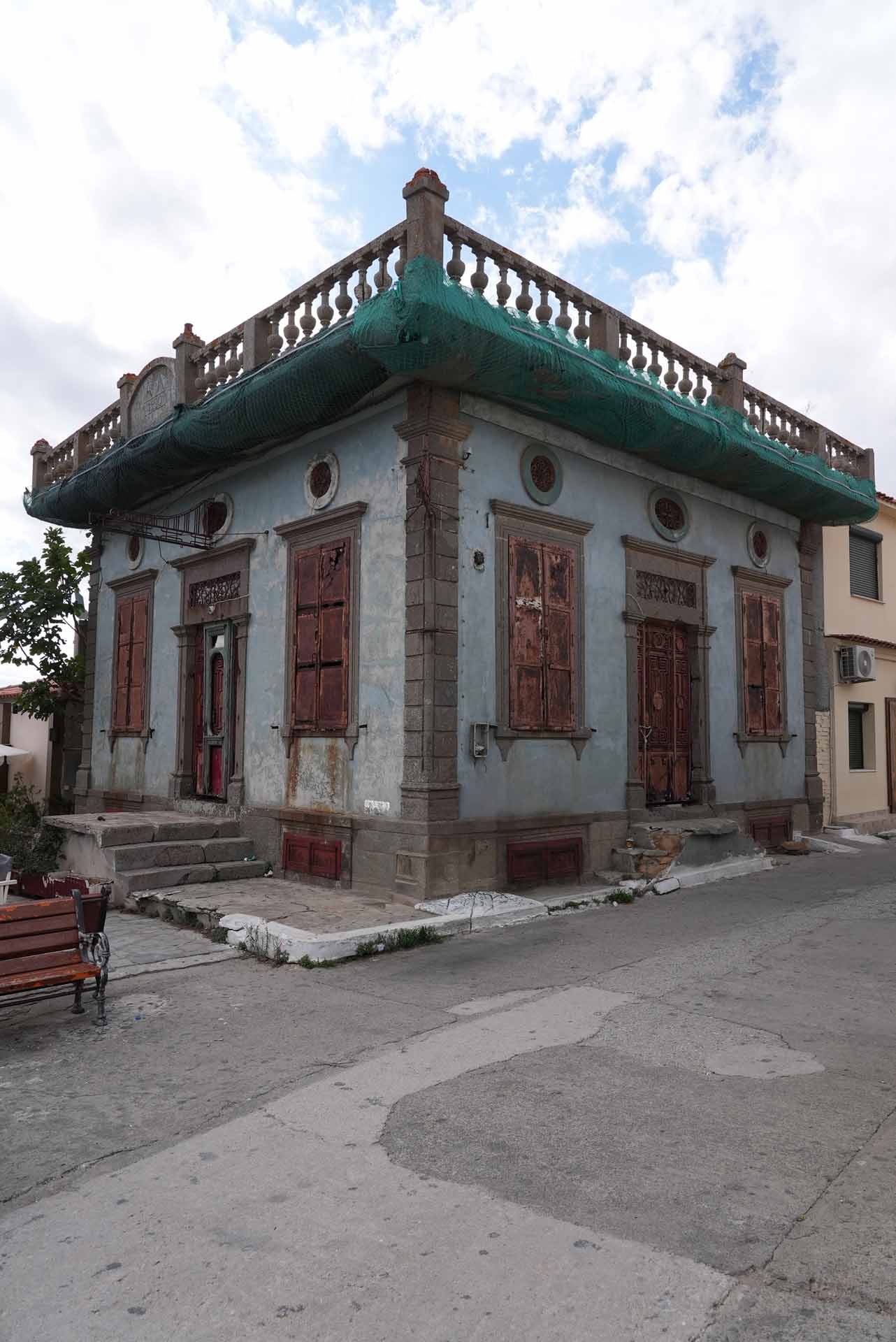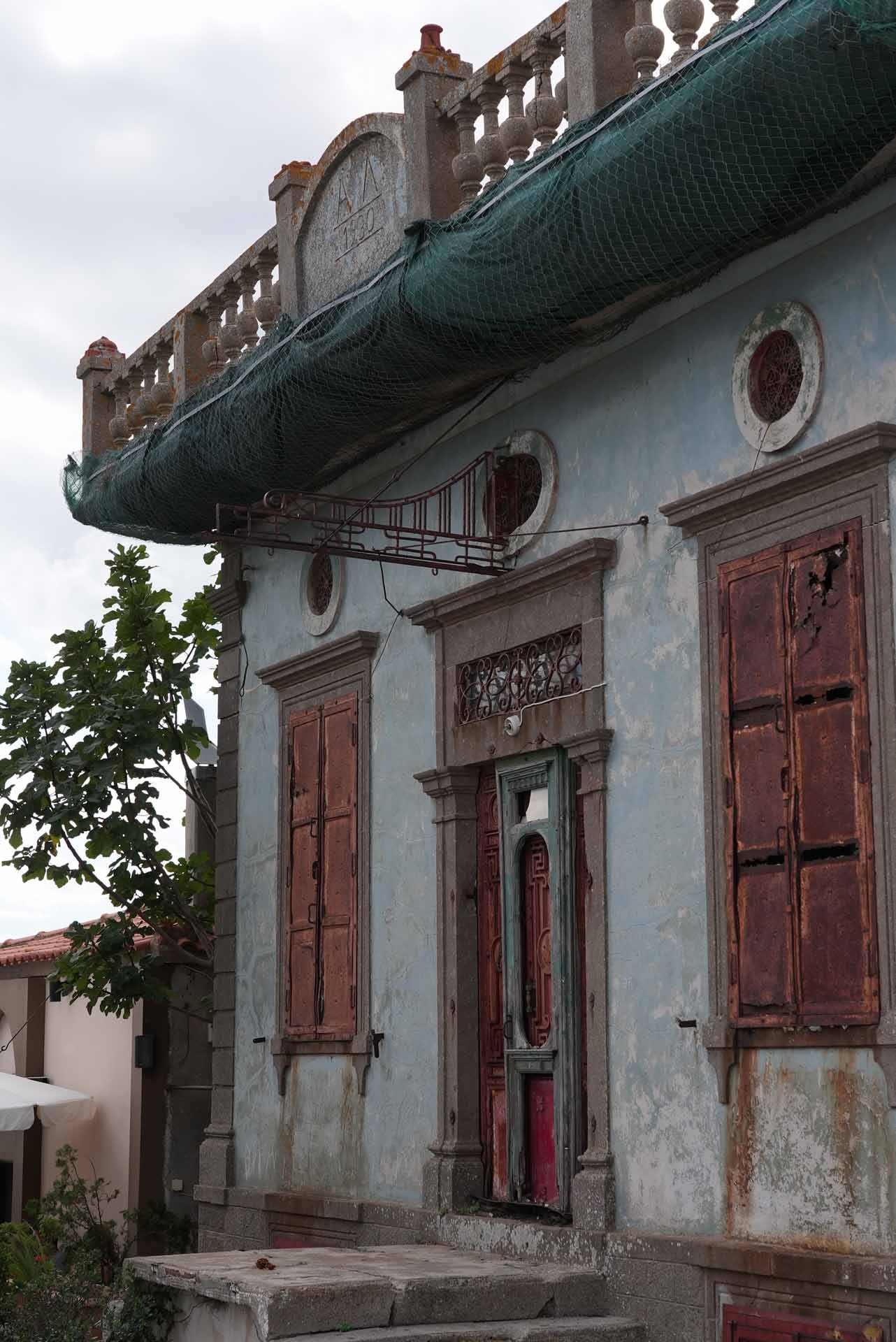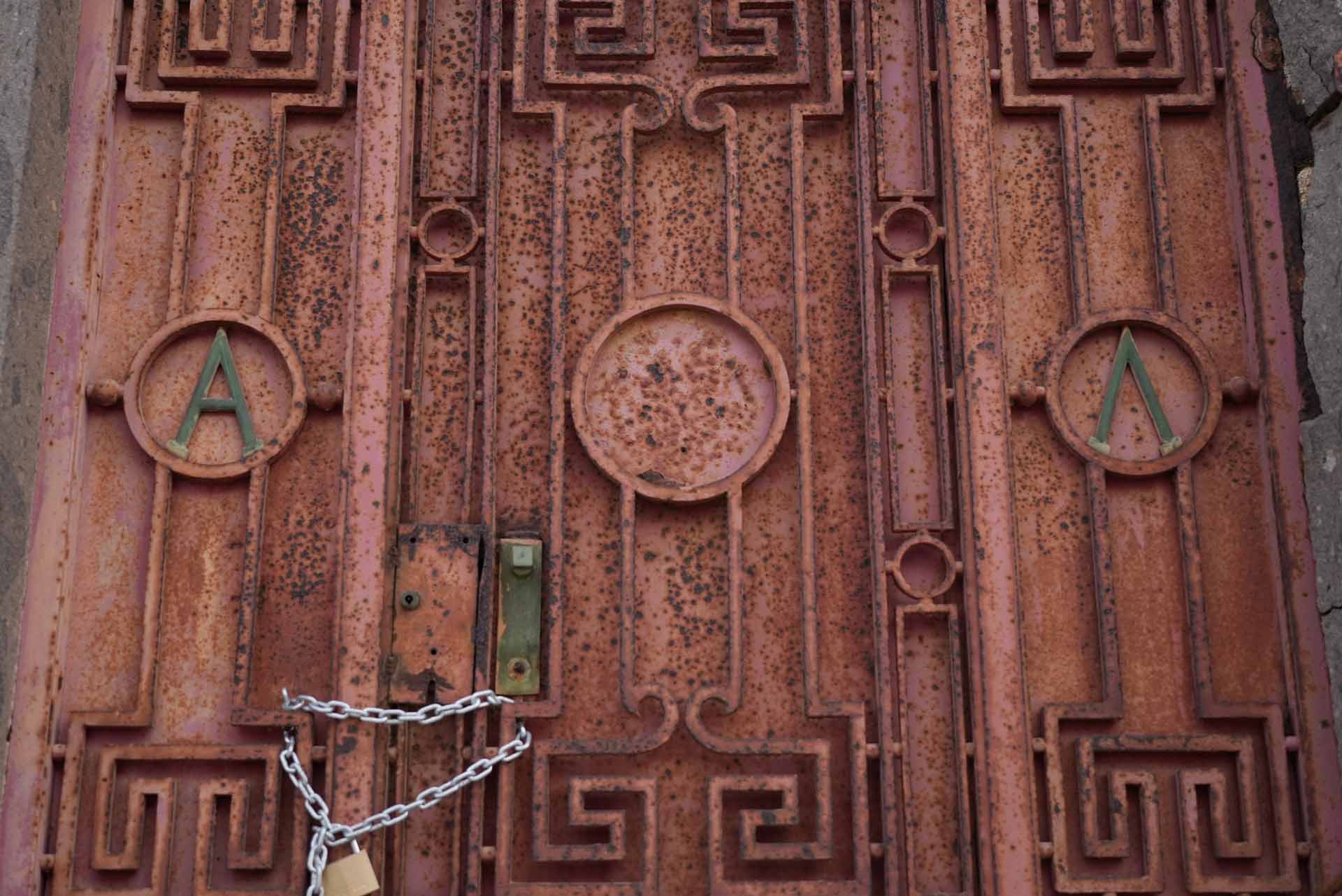On 25 April 1941, the Germans occupied the island of Lemnos. The island held significant strategic value for the occupiers. It provided a crucial foothold in the eastern Mediterranean, serving as a base to counter potential Russian and Allied operations in the Black Sea and the Aegean. Unlike many other regions of Greece, Lemnos was not handed over to Italian or Bulgarian administration but remained firmly under German control.
To solidify their presence, the Germans initiated a series of defensive construction projects, which included regular supply missions to support their troops, particularly during periods of heightened activity on the Eastern Front. The labour required for these projects largely fell on the local population, often through forced labour schemes. German soldiers established camps across the island and took up residence in towns such as Myrina, which became the administrative centre of the occupation. Additionally, several local properties were requisitioned, including the Lyristis family’s grocery store, built in 1930, which was converted into German quarters.
Initially, conditions on the island were not as dire as in other parts of Greece. Some accounts suggest amicable relationships between German soldiers and local families in the early years. However, as the war progressed and German resources were increasingly stretched, acts of violence and authoritarianism became more frequent. From May 1941, British naval operations began to disrupt German supply lines. The casualties caused by the British prompted the Germans to build a war memorial on the island, which was destroyed by the locals after the war.
Despite the challenges, resistance activity on Lemnos steadily grew. In collaboration with the Greek National Liberation Front (EAM) and guerrilla fighters, locals sabotaged German infrastructure and helped smuggle resistance members to Egypt or the Middle East. Remarkably, some German soldiers who opposed Nazi ideology also supported these resistance efforts. These actions, however, carried heavy consequences, often resulting in arrests and executions.
As the war dragged on, the German presence on Lemnos began to thin, driven by the demands of campaigns in Africa and Russia. By the final months of 1944, Allied forces tightened their grip around Lemnos. On 16 October 1944, the remaining German troops attempted to retreat towards Thessaloniki. On the same day, EAM fighters and members of the Sacred Squadron arrived on the island. They engaged with the remaining German and Italian forces who had failed to escape, finally ending the three-and-a-half-year occupation.








